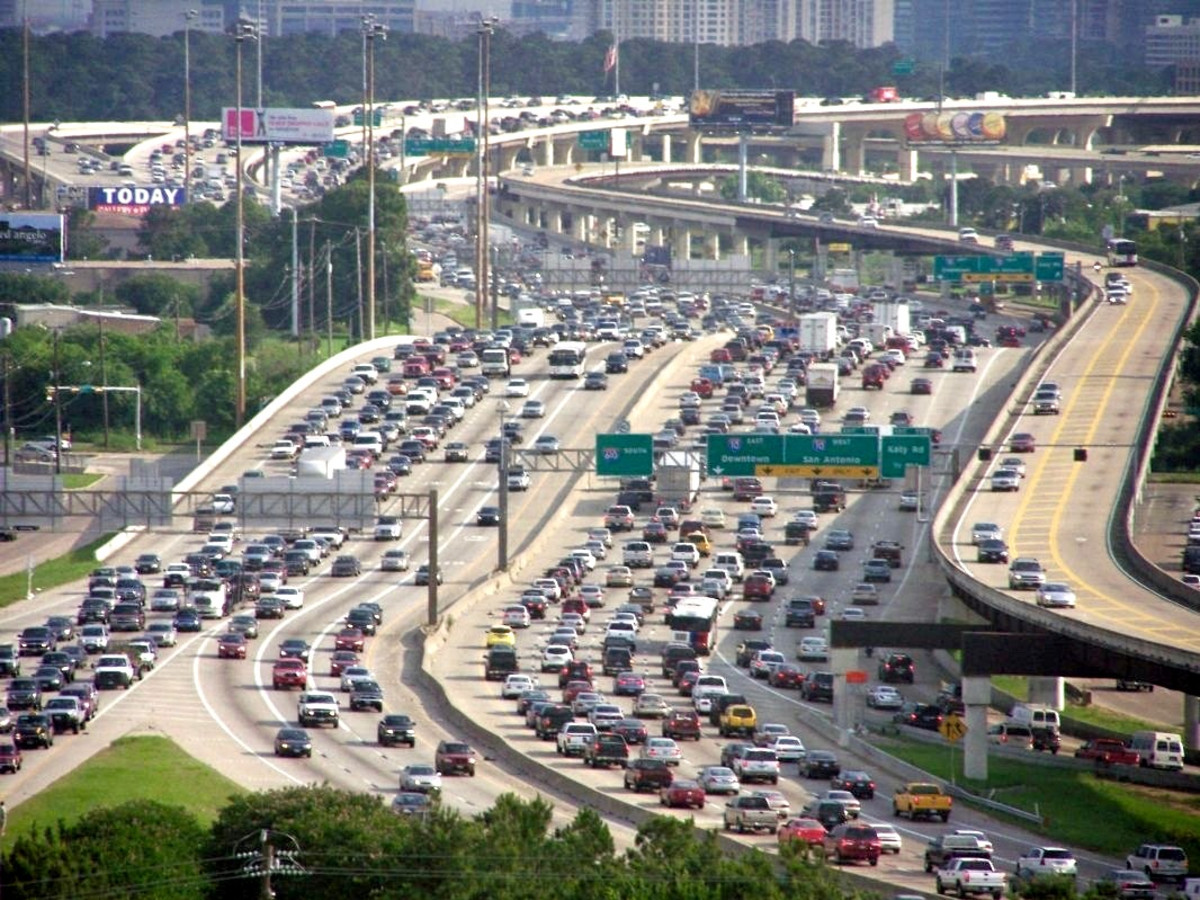
The drive to upgrade infrastructure and transportation nationally recently shifted into high gear with the release of a detailed policy proposal by the Alliance to Save Energy and its 50×50 Commission on U.S. Transportation Sector Efficiency.
The proposal is aimed at modernizing transportation infrastructure while improving energy efficiency as well as creating sustainable and accessible mobility by, among other things, updating a host of long-standing transportation programs with an eye toward the future.
The ultimate objective of the Alliance’s 50×50 commission, a coalition of vehicle manufacturers, utilities, environmental groups, and public officials, among others, is to meet evolving transportation needs while cutting energy use in half by 2050.
In formulating the proposal, the groups pondered ‘how do we understand how we can make the transportation sector more efficient?’,” said Natasha Vidangos, vice president of Research and Analysis at the Alliance. “It’s easy to state that line simply: ‘just make it more efficient’, but how do you actually implement that into code? The policies and many layers of how infrastructure policy works is a whole lot more complicated.”
Over a six-month period, members of both groups generated a series of proposals culminating in a set of ‘asks’ “informed by many very diverse perspectives,” she said. Notably, remarked Vidangos, the initiative reached a point of consensus. “There’s enormous amounts of alignment among many different sectors that there’s real value in investing in our infrastructure and, especially, on infrastructure that ensures we’re ready for a more efficient future.”
The report recommends expanding the use of more efficient vehicles and optimizing energy use and program flexibility. The programs addressed include the Better Utilizing Investments to Leverage Development (BUILD) Transportation Discretionary Grants program, the Congestion Mitigation and Air Quality (CMAQ) Improvement Program, the Diesel Emissions Reduction Act (DERA), the Surface Transportation Block Grant Program; federal transit programs; and financing tools such as Build America Bonds, private activity bonds, tax-exempt municipal bonds, and the Transportation Infrastructure Finance and Innovation Act (TIFIA). The proposal also calls for funding for port and airport efficiency improvements including electrification, and more investments in electric vehicle infrastructure and programs to increase ride sharing, among many others.
According to the report, “There is broad agreement on the need for infrastructure development, but in recent years development has been repeatedly delayed or pursued on a case-by-case basis in response to fiscal constraints.” While understandable, the report noted that strategy is significantly more expensive. “A far better option is to consider the sector’s needs holistically, comprehensively, and focus on those investments that will deliver our future prosperity, environmental stewardship, and wellbeing,” the report stated.
The groups plan to discuss their proposals with various staffs on Capitol Hill in an effort to build a coalition. In fact, Vidangos continued, “we’re pretty highly confident that we can win some hearts and minds.” She said they will work with other offices that would like to see the policies incorporated into infrastructure or surface transportation legislation going forward.
Meantime, whether the next step will include a free-standing infrastructure package remains to be seen, Vidangos noted. At this point, though, she conceded, it’s starting to look “a little less likely.” That said, with the deadline for 2020 surface transportation reauthorization looming, infrastructure priorities will need to be considered, just through a different mechanism, she noted.
“… The vast majority of the programs we’re talking about in this package are FAST Act programs,” said Vidangos, referring to the law that has provided long-term funding certainty for surface transportation infrastructure planning and investment since being signed into law in 2015. Consequently, “we hope this will form a basis (for) a serious conversation about ‘the how’ and it can (evolve) into the series of proposals that we discussed and folded into FAST Act authorization.”
Vidangos said the ramifications would be “pretty extreme” if conversations in Washington fail to result in action. As it is, “we’re already seeing enormous increases in congestion across the country, an uptick in air pollution, and greater energy use overall.”
Added Alliance President Jason Hartke: “The transportation sector’s changing fast, and we can’t keep doing things the same way or we’ll end up with an even more inefficient, congested and dirty system that hurts American productivity and slows economic growth. Making these investments now will leave our children and grandchildren with a system that’s sustainable and works. The costs of inaction are far higher,” he said in a written statement.